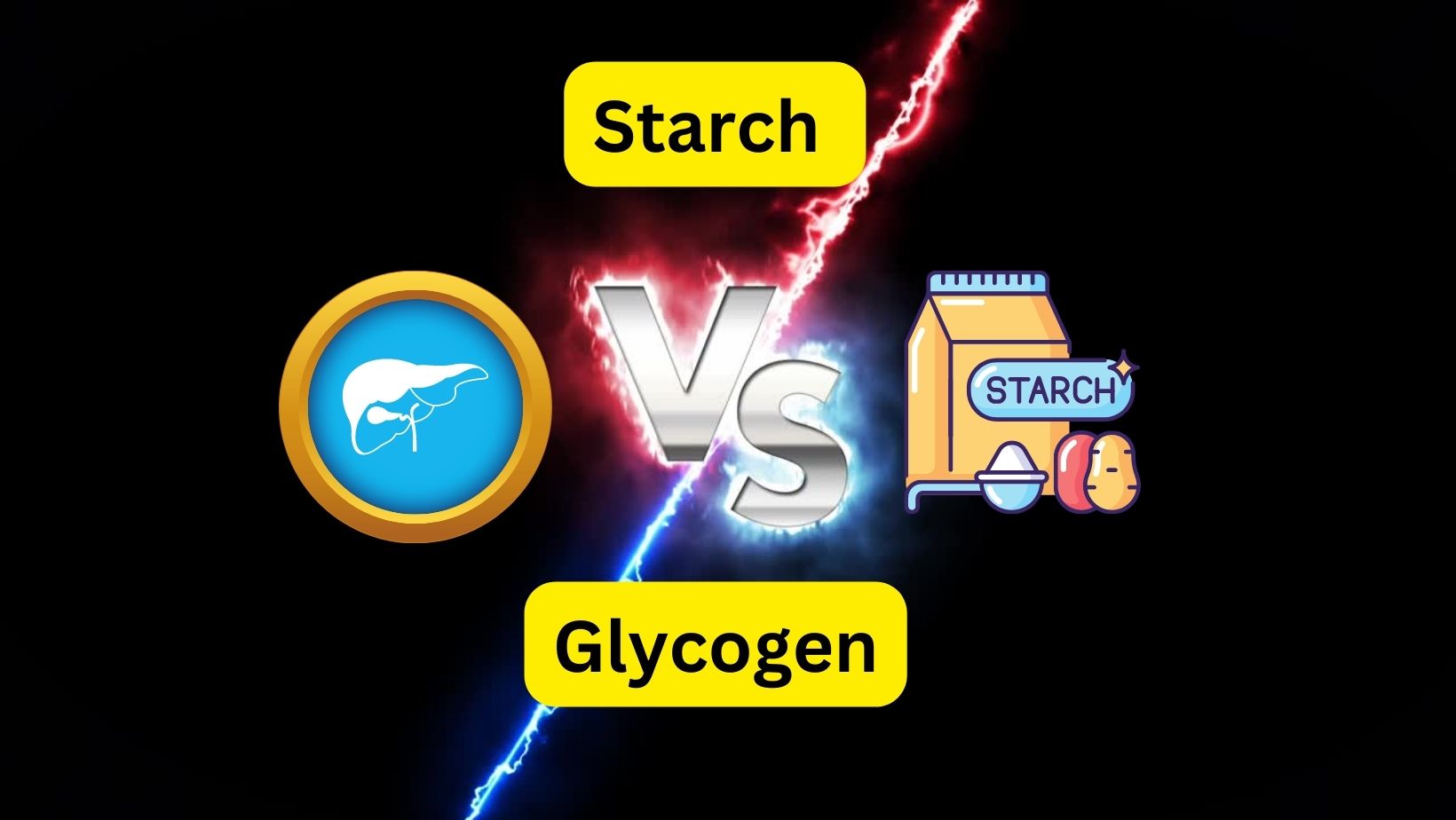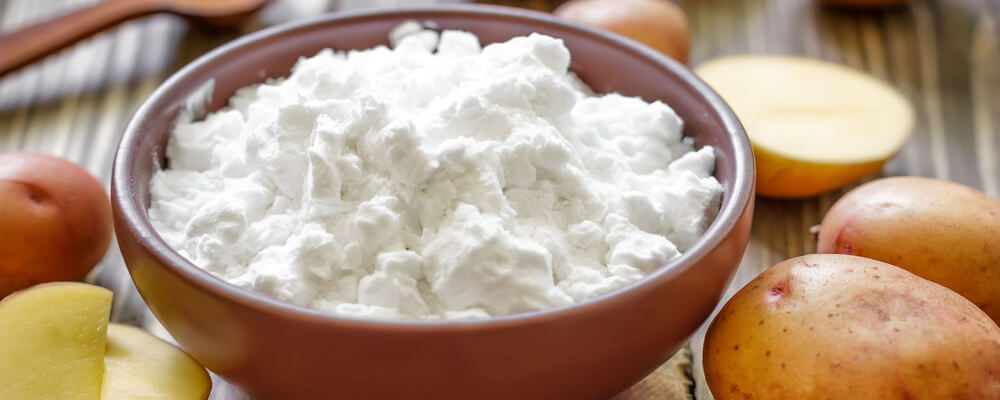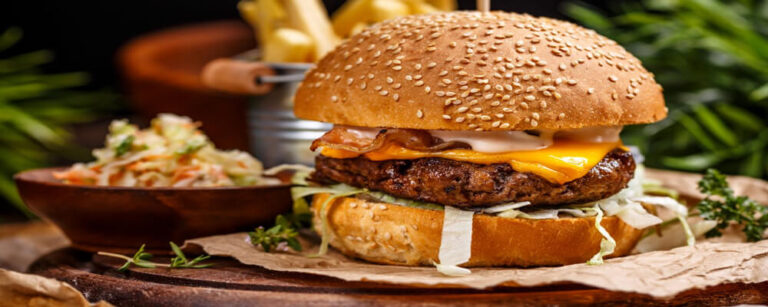
You know that polysaccharides are composed of more than six monosaccharide molecules and are joined by glycosidic bond with a loss in water each time a monosaccharide mole is added. The general formula for polysaccharide (C6H10O5)n, where n is the undetermined number of monosaccharide molecules.
There are two important classes of polysaccharide- homopolysaccharides and heteropolysaccharides, examples of homopolysaccharides are Starch and Glycogen. Let’s see what is the major structural difference between starch and glycogen? but before this we also need to know what is starch and what glycogen is.
What is Starch?
Starch is defined as the reserve food material of plant cells. It is formed by photosynthesis, and animals get it from plants. Starch molecules build up to form starch grains. There are two types of starch grains: simple and complex.
What is Glycogen?
Glycogen can be described as the primary reserve food material of animal cells. It is animal starch and contains 30000 glucose units. The successive glucose units are joined by 1-4 alpha glycosidic bond, while branches are formed using 1-6 glycosidic bond. Glycogen can be found in muscle cells as well as liver cells. Now let’s check below what the difference is between starch and glycogen.

What is the major structural Difference Between Starch and Glycogen?
-
Mass:
Starch has a smaller mass than glycogen. This is due to the fact that glycogen has a longer chain, while starch has a shorter one. The molecules linking it have a greater mass when the molar masses are calculated. Starch, a shorter polysaccharide than glycogen, has a lower molar mass.
-
Formation:
Starch can be found in all green plants. It is made up of colorless granules with round shapes. Sunlight, water, and carbon dioxide are the basic raw materials for starch formation. Glycogen, on the other hand, is made in animal tissues and stored in the liver. Glycogen formation depends on insulin levels in the body. Higher levels of insulin translate to higher levels of glycogen.
-
Production:
Starch is a multi-functional carbohydrate that is made of glucose and water. Glycogen is made from glucose. When insulin levels are high, glucose is converted into glycogen. This indicates that the body is in excess of glucose and is therefore stored. Glycogen is not made from starch. It is created by glucose conversion in animal tissues.
-
Storage:
Glycogen forms can be considered long-term energy reserves. Glycogen is found in adipose tissue and in the cells of the liver, skeletal muscles and other tissues. Glycogen makes up about 5-6 percent of an organ’s total weight. Glycogen concentration is lower. Glycogen is less concentrated in the skeletal muscles than in the liver. The animal’s basal metabolic rate determines how much glycogen is stored in their bodies. Starch is stored within plant cells, called amyloplast. These are found in fruits and seeds.
-
Scope:
Glycogen is essential for the body to maintain constant glucose levels in blood. This provides energy for the tissues. Insulin is responsible for facilitating this process. Low levels of insulin are indicative of low glucose levels. Therefore, the glycogen polymer converts to glucose when glucagon is activated. Excess sugars in plants cause starch to be stored. Starch in animals is first broken down into monomer components called glucose, and then transformed into complex polymers called glycogen.
-
Presence:
Glycogen is present in animals, but starch is found in green plants. Starch can be found in green plants because it is a complex polymer made of interconnected glucose atoms. It is mostly stored in fruits, seeds and some traces in the leaves. Glycogen is stored in animals mainly in their livers, skeletal muscles, and blood. Glycogen is essential for the body’s normal functioning.
-
Molecules:
Amylose is the simplest starch form. It is made from glucose and glycosidic bonding, giving rise to the following molecular formula: C_6 H_10O_5_n H_2O. It is composed of two types: branched and linear amylopectin and helical amylose. Its molecular formula is C_24H_42O_21, which describes its structure. It is made up of many glucose atoms that are linked by bonds to form the entire structure of glycogen.
-
Solubility:
Glycogen is more water-soluble than starch due to the -OH, which makes it more water-soluble. Starch is less water-soluble because it has fewer -OH groups. This makes starch more hydrophobic. Starch is therefore not soluble in water.






